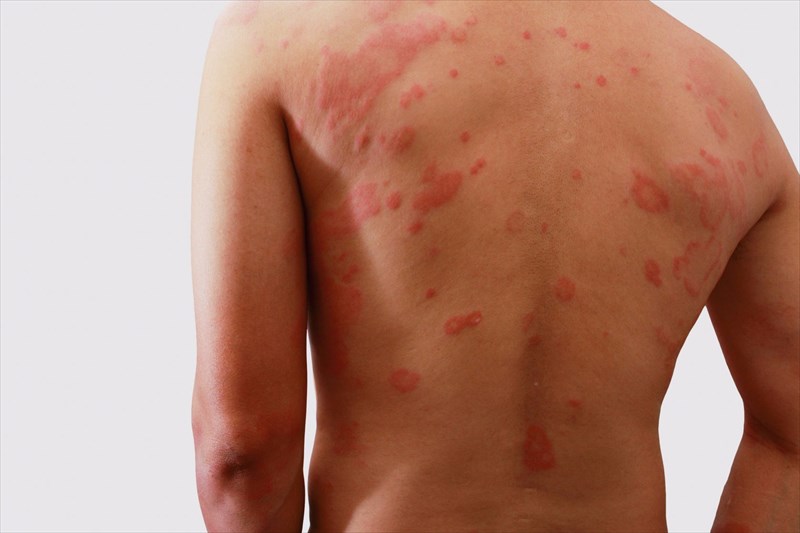Tramadol is a narcotic-like pain reliever. It is one of the most potent analgesics available today. However, like all pharmacological medications, tramadol is also harmful in large doses (or even in normal dosage in some genetically susceptible individuals). Analgesics are the traditional pain medications that we all consume for different types of aches and pains. Common over-the-counter pain medications such as Aspirin and Tylenol are classified as NSAIDs (Non-steroidal anti-inflammatory drugs) and can treat most trivial muscular pains. However, moderate to severe pain (for example pain as a result of surgery or a fracture) is normally not responsive to over-the-counter pain medications. Tramadol is used to treat moderate to severe pain in adults. The extended-release form of tramadol is for around-the-clock treatment of pain. The extended-release form of tramadol is not for use on an as-needed basis for pain.
What is tramadol used to treat?
Tramadol is used to treat moderate to severe pain in adults. The extended-release form of tramadol is for around-the-clock treatment of pain. The extended-release form of tramadol is not for use on an as-needed basis for pain.
What kind of pain does tramadol treat?
Tramadol and hydrocodone are two types of potent pain relievers called opioid analgesics. They’re often used to treat moderate to severe pain, such as long-term pain related to cancer or other chronic conditions. They can also treat pain from an injury or surgery.
Can tramadol cause an itchy rash?
Some people may develop an allergy to tramadol, and this can cause symptoms like hives, difficulty breathing, mouth sores, rash, itchy eyes, and even convulsions. While this is rare, symptoms should be reported to doctors for emergency treatment immediately.
Is Tramadol stronger than codeine?
They can both be used to treat moderate pain, although tramadol is more potent than codeine. Despite the fact that tramadol is more potent than codeine, both codeine and tramadol are considered less potent than opiates in general.
Can tramadol cause rashes?
Tramadol is changed into a strong opioid drug in your body. … A very serious allergic reaction to this drug is rare. However, get medical help right away if you notice any of the following symptoms: rash, itching/swelling (especially of the face/tongue/throat), severe dizziness, trouble breathing. SEE: White Pill 377
Does tramadol make you itch?
The risk of an allergic reaction is mild to moderate with tramadol in most individuals. The allergic reaction may be limited to trivial itching to as severe as development of hives, swelling of the face and mouth, difficulty in breathing and in extreme cases angioedema (life-threatening swelling of vocal cords). Some people may develop an allergy to tramadol, and this can cause symptoms like hives, difficulty breathing, mouth sores, rash, itchy eyes, and even convulsions. While this is rare, symptoms should be reported to doctors for emergency treatment immediately. Other rare side effects include: Excess gas.
How long does a Tramadol Rash Last?
The effects of extended-release tramadol products may last long, peaking in 4-6 hours. In general, opioid withdrawal symptoms are thought to start within about 12 hours of the last dose. The worst of it will last anywhere from 2 days to 2 weeks and then, depending on how long you’ve been taking.





